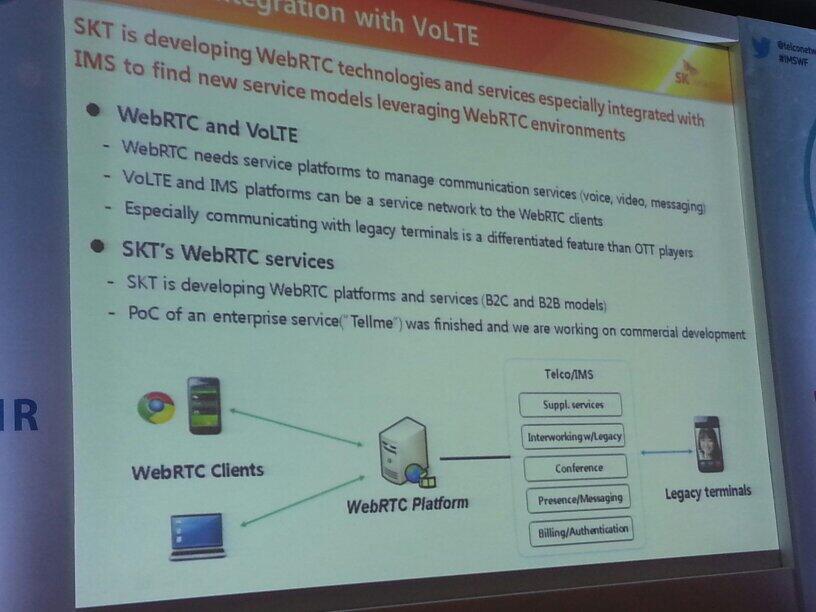Last week we had the
Automotive and Transport SIG event in Cambridge Wireless. There is already some good writeup on that event
here and
here. In this post my interest in looking at the technologies discussed.
R&S (who were the sponsors) gave their
introduction presentation quite well highlighting the need and approaches for the connected car. He also introduced the
IEEE 802.11p to the group.
As per
Wikipedia, "
IEEE 802.11p is an approved amendment to the IEEE 802.11 standard to add wireless access in vehicular environments (WAVE), a vehicular communication system. It defines enhancements to 802.11 (the basis of products marketed as Wi-Fi) required to support Intelligent Transportation Systems (ITS) applications. This includes data exchange between high-speed vehicles and between the vehicles and the roadside infrastructure in the licensed ITS band of 5.9 GHz (5.85-5.925 GHz). IEEE 1609 is a higher layer standard based on the IEEE 802.11p."
Back in December, Dr. Paul Martin did an equally useful presentation in the
Mobile Broadband SIG and his presentation is equally relevant here as he introduced the different terms live V2X, V2i, V2V, V2P, etc. I have embedded his presentation below:
Roger Lanctot from Strategy Analytics, gave us some interesting facts and figures. Being based in the US, he was able to give us the view of both US as well as Europe. According to him, “LTE is the greatest source of change in value proposition and user experience for the customer and car maker. Bluetooth, Wi-Fi, NFC and satellite connectivity are all playing a role, but LTE deployment is the biggest wave sweeping the connected car, creating opportunities for new technologies and applications.” His officially released presentation is embedded below (which is much smaller than his presentation on that day.
There were also interesting presentations that I have not embedded but other may find useful. One was from
Mike Short, VP of Telefonica and the other was from
Dr. Ireri Ibarra of MIRA.
The final presentation by Martin Green of Visteon highlighted some interesting discussions regarding handovers that may be required when the vehicle (and the passengers inside) is moving between different access networks. I for one believe that this will not be an issue as there may be ways to work the priorities of access networks out. Anyway, his presentation included some useful nuggets and its embedded below:












